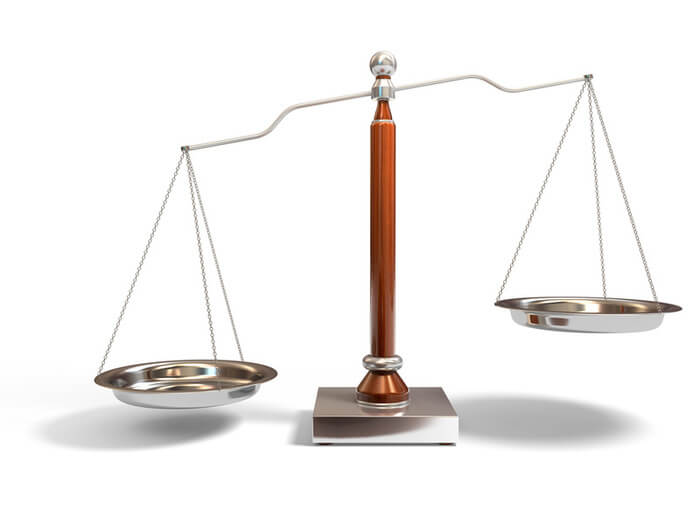In developing a strategy for protecting intellectual property (IP), some innovators wonder if a copyright is just as effective as getting a patent. It’s an appealing option since copyrights are less expensive and easier to obtain than patents. However, the protection copyrights offer is very different from that of patents. Usually there isn’t a choice at all — the IP itself determines the type of IP protection that is necessary.
What can be copyrighted?
The U.S. Copyright Office says that a copyright protects “original works of authorship fixed in a tangible medium of expression.” In simpler language, a copyright is meant to be used for works of art, literature or music. This can include poetry, novels, movies, songs, computer software, and architecture. Note: The work of authorship does not need to be published in order to obtain a copyright.
What can be patented?
A product or a process that provides a new way of doing something, or offers a new technical solution to a problem, is eligible for patent filing. Specifically, an invention must meet the following three conditions:
- Novelty: At least some aspect of it must be new.
- Inventive step: The new aspect/s must not be obvious or easily deduced.
- Industrial applicability: The invention must be able to be made or used in an industry.
You cannot copyright or patent a mere idea
Both forms of intellectual property protection require something more concrete:
- For a copyright, the object has to be fixed in a tangible medium of expression like a painting, book, song or software.
- For a patent, the idea must be fully formed into an invention – if not in prototype form, at least in detailed renderings of how the invention can be made.
3 types of patents
According to the U.S Patent Office (USPTO), there are three kinds of things for which you can file a patent:
- Utility patents may be granted to anyone who invents or discovers any new and useful process, machine, article of manufacture, or composition of matter, or any new and useful improvement thereof.
- Design patents may be granted to anyone who invents a new, original and ornamental design for an article of manufacture.
- Plant patents may be granted to anyone who invents or discovers and asexually reproduces any distinct and new variety of plant.
Copyright or design patent?
The option of a design patent can cause some confusion for those trying to figure out whether to copyright or patent a design they’ve created. Ask yourself:
- Is the design physically ornamental or does it represent a functional change? If yes, you may want to submit a design patent application.
- Is it a depiction — say, a painting, drawing, photograph, sculpture or architectural design? If so, you probably want a copyright.
LegalZoom offers a helpful example: “If you’ve created a new soda bottle that has an original shape, then you are likely looking for design patent protection…If, instead, you’ve captured a uniquely distorted view of a glass bottle through your camera lens, you may have a copyright that you can register on the photo.”
How to obtain copyright protection
Copyright protection applies automatically from the moment a work of art, literature or music is created — there is nothing you have to do to copyright a work. However, if you want the option of protecting your ownership in court, your copyright must be registered with the U.S. Office of Copyrights.
Basic registration fees run from $35-85. The processing time ranges from an average of 7-9 months for electronic copyright applications or 9-16 months for those submitted on paper.
Any work registered after January 1, 1978 lasts for 70 years past the lifetime of its author. If the copyright is claimed by a corporation, it runs out 95 years after the date of publication or 120 years after the date of creation, whichever comes first.
How to obtain patent protection
To patent an invention in the U.S., you must file a patent application with the USPTO. A new U.S. patent lasts for 20 years from the application date, and the process of acquiring a patent currently takes a little over 24 months. Fee structures will depend on what kind of patent you’re seeking.
In 2013, the USPTO moved from a “first to invent” system to a “first to file” system, where patent ownership is heavily weighted toward whoever has filed the first application for a contested invention. For this reason, it may be a good idea to get an invention out of a pure-idea state as soon as possible.
Patenting an invention worldwide requires high-quality outside counsel, foreign agents, or a foreign patent filing service with a comprehensive understanding of each country’s patent laws.
Devising your IP strategy
To optimally protect your IP, you may find that you need a combination of copyrights and patents. For example, if you write a detailed description of something you’ve invented, you can copyright the description and patent the invention. Filing for either doesn’t disqualify you from applying for the other. A copyright is not an inexpensive patent, nor is a patent a more ironclad copyright. They’re two different things for two different types of IP.


